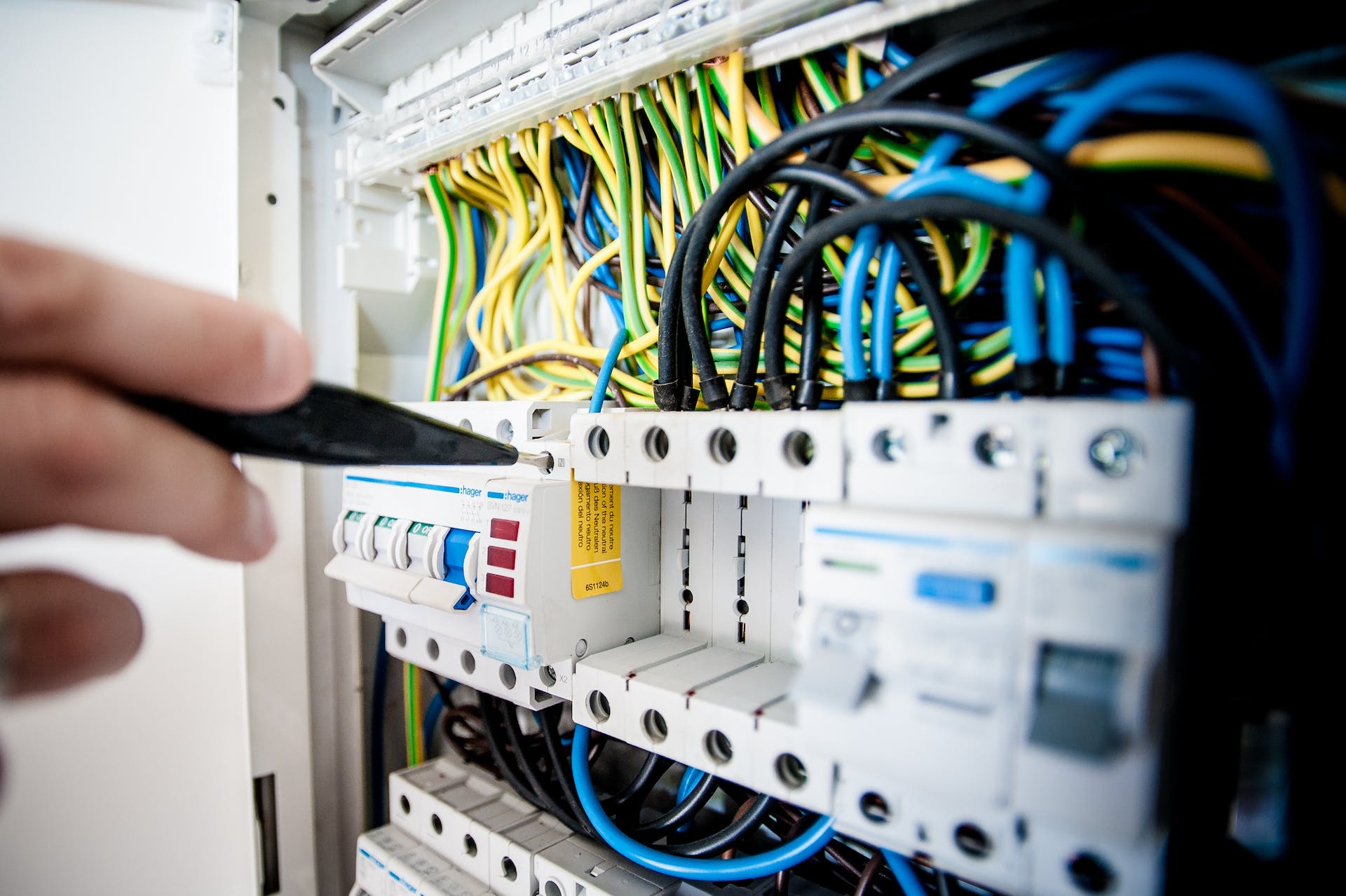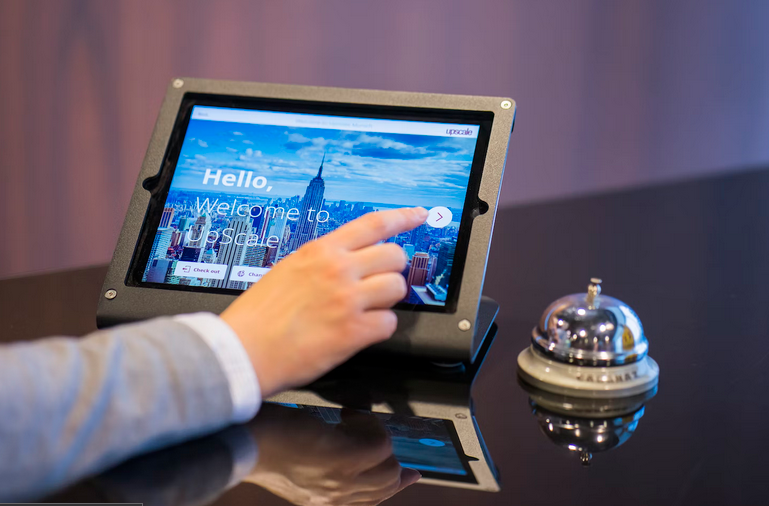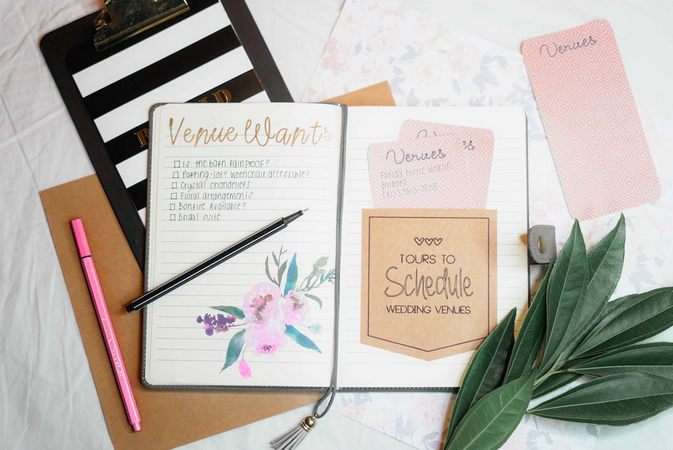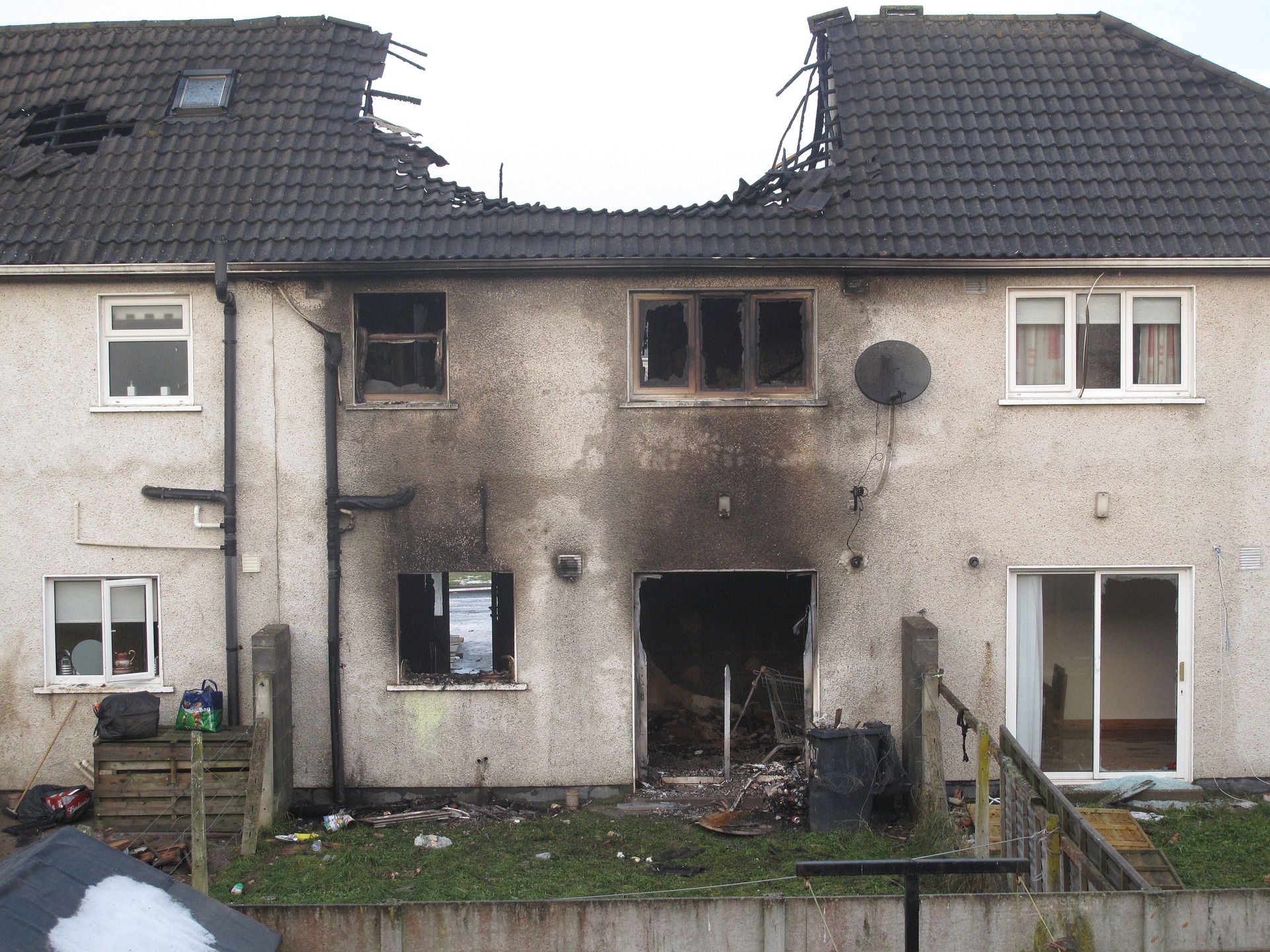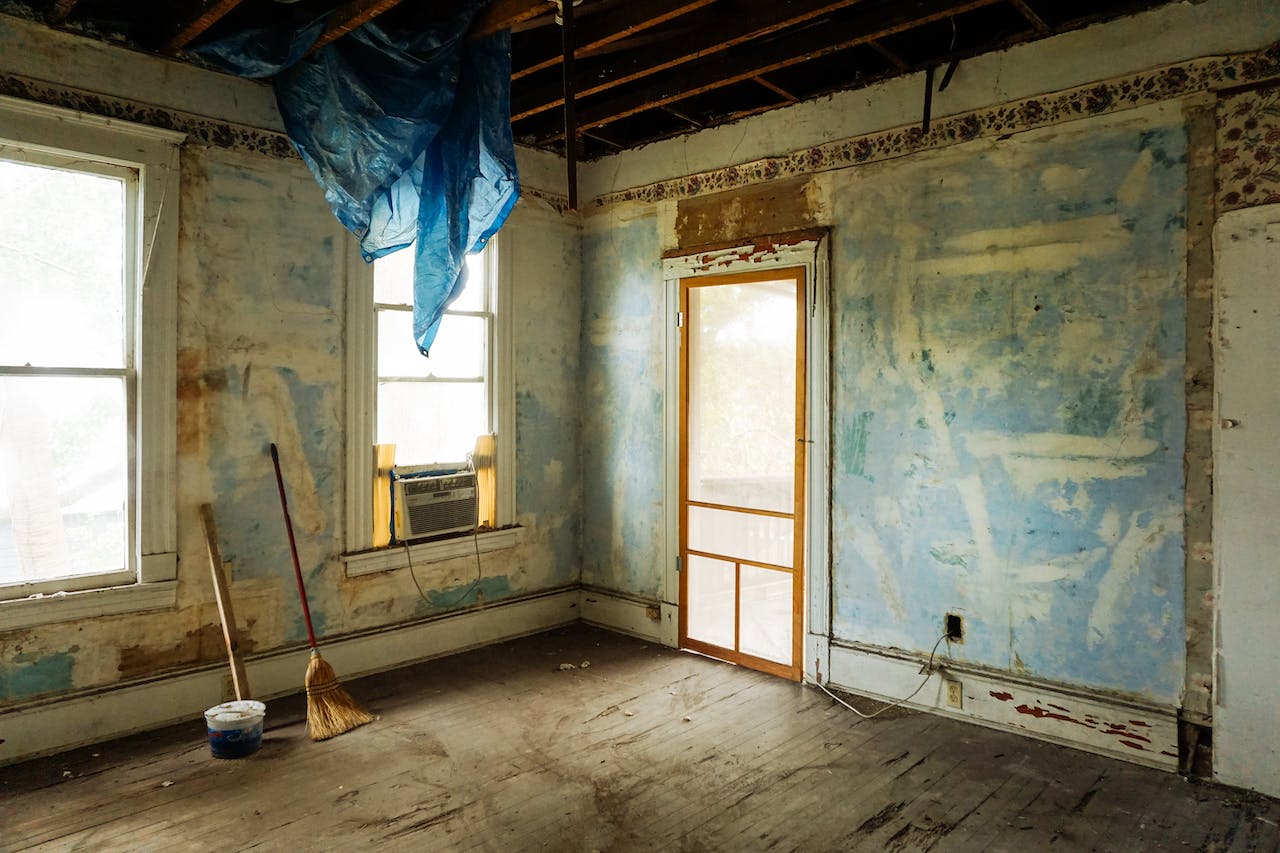Factors to Consider When Selecting Relays
Relays are vital components in electrical and electronic systems, providing efficient control and switching capabilities. Omron Relay and other best brands allow low-power signals to control high-power circuits, making them indispensable in various applications, including automation, automotive, and power distribution. Selecting the right relay for your specific needs is crucial for ensuring optimal performance and reliability. In this article, we will discuss some important factors to consider when selecting relays.
Understand the Application Requirements
The first step in selecting the right relay is to understand the requirements of your application clearly. Consider factors such as the expected electrical load, switching frequency, voltage and current ratings, and environmental conditions. This understanding will guide you in choosing a relay that can handle the specific demands of your application accurately.
Determine the Contact Configuration
Relays come in different contact configurations, including normally open (NO), normally closed (NC), and changeover (CO) contacts. The contact configuration should align with your application’s needs. For instance, NO contacts are suitable for applications where the circuit needs to be opened upon activation. In contrast, NC contacts are ideal for situations requiring the circuit to close when activated. CO contacts offer the flexibility to switch between multiple circuits.
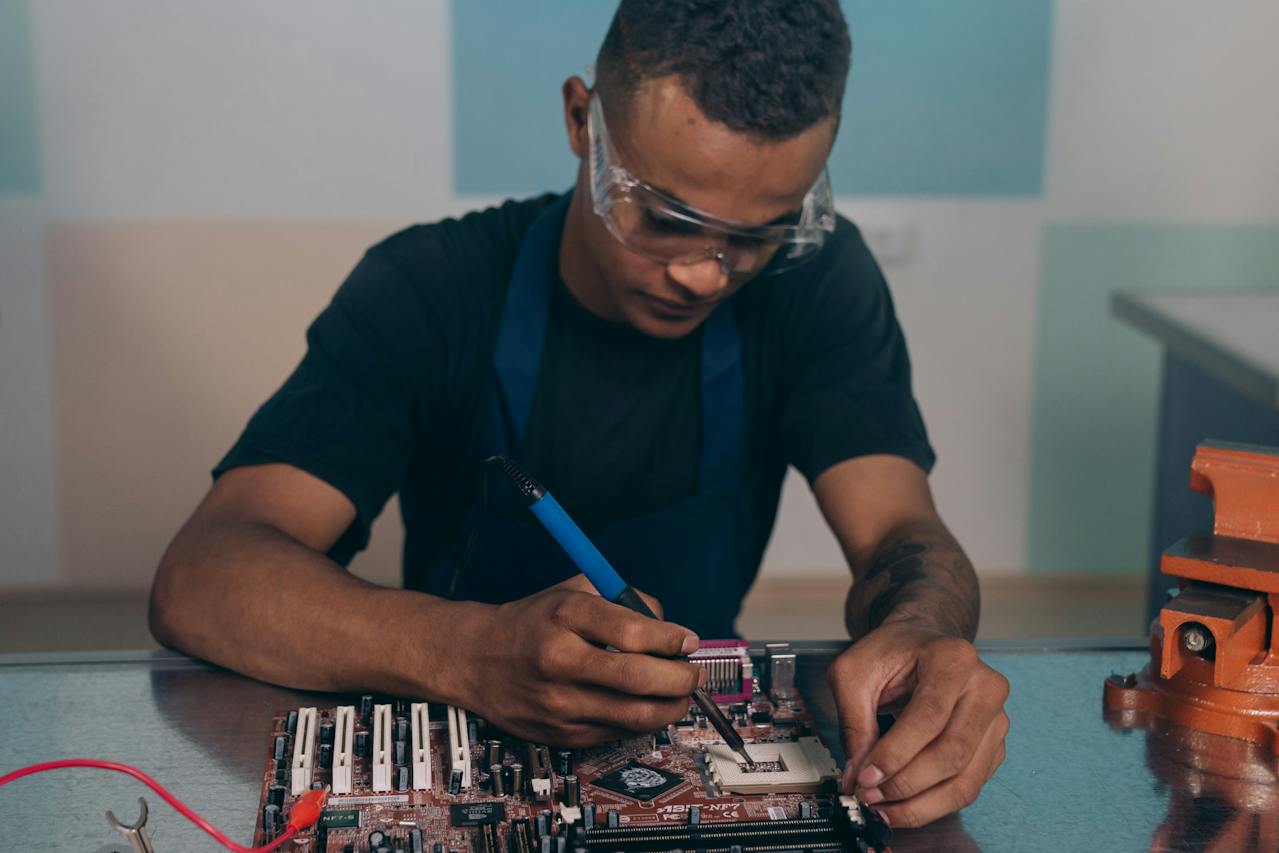
Consider the Coil Voltage
The coil voltage is a critical parameter to consider when selecting a relay. Ensure that the coil voltage matches the control voltage available in your system. Using an incorrect coil voltage can result in the relay failing to operate reliably or not functioning at all. Verify the voltage requirements of your application and choose a relay with a compatible coil voltage.
Evaluate Electrical Load
The electrical load that the relay needs to handle is a crucial consideration. Determine the maximum voltage and current ratings of your application and select a relay that can handle those specifications without exceeding its capacity. Oversized relays can lead to unnecessary costs, while undersized relays can pose safety risks and affect overall system performance.
Look for Features and Protection
Consider additional features and protection mechanisms offered by relays. Some relays come with built-in diodes or varistors to protect against voltage spikes and reverse current flow. Others may provide additional functions such as timers or overload protection. Assess your application’s specific needs and choose a relay that offers the necessary features and protection for optimum performance and reliability.
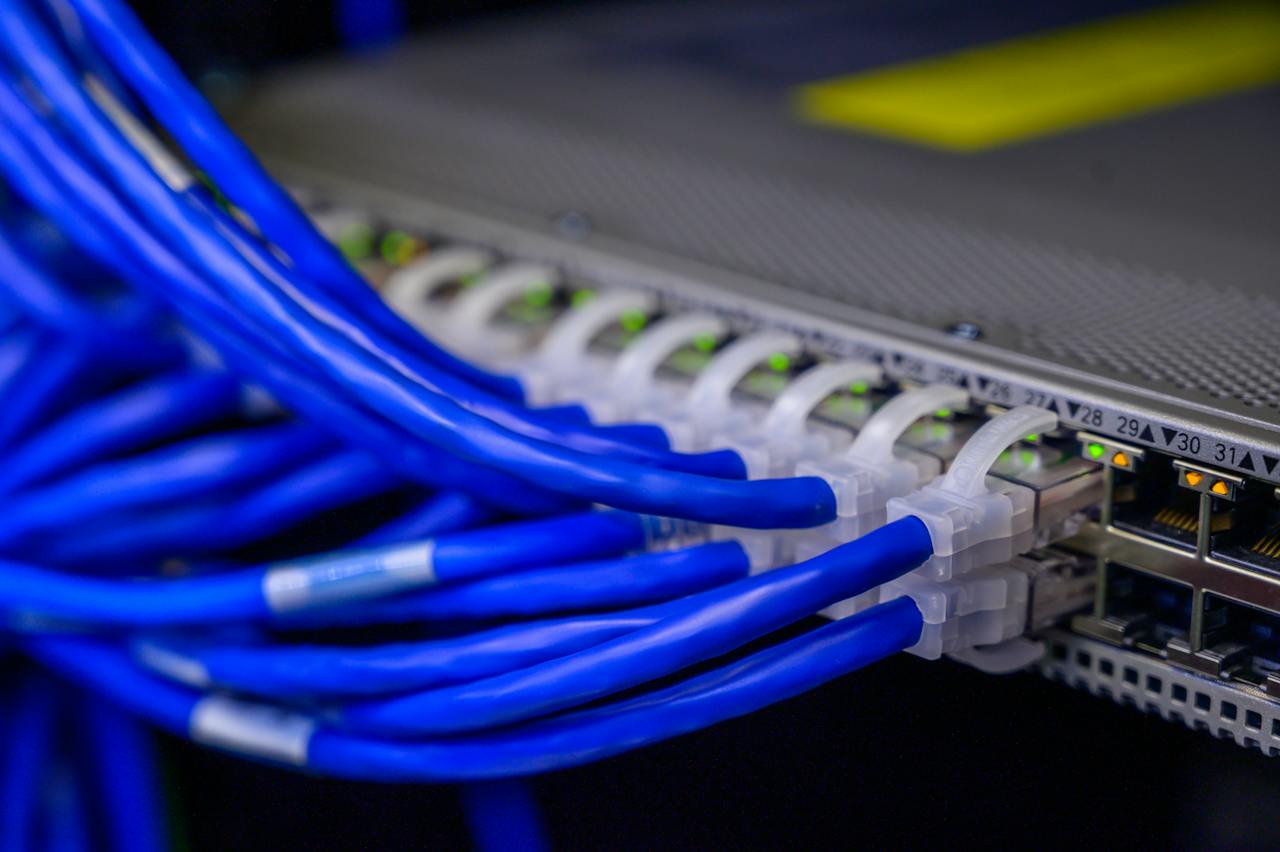
Reliability and Quality
Relays play vital roles in critical systems, making reliability and quality key factors to consider. Look for relays from reputable manufacturers known for producing high-quality components. Consider factors such as the relay’s expected lifespan, reliability ratings, and certifications. Investing in reliable and high-quality relays will minimize the risk of failures and ensure long-term performance.
Conclusion
Selecting the right relay for your application is crucial for achieving optimal performance and reliability. By understanding the application requirements, determining the contact configuration, evaluating the coil voltage, considering the electrical load, looking for additional features and protection, and prioritizing reliability and quality, you can make an informed decision. Remember to consult the relay manufacturer’s datasheets and guidelines for detailed specifications and recommendations, ensuring that your chosen relay meets all the requirements for your specific application.…

